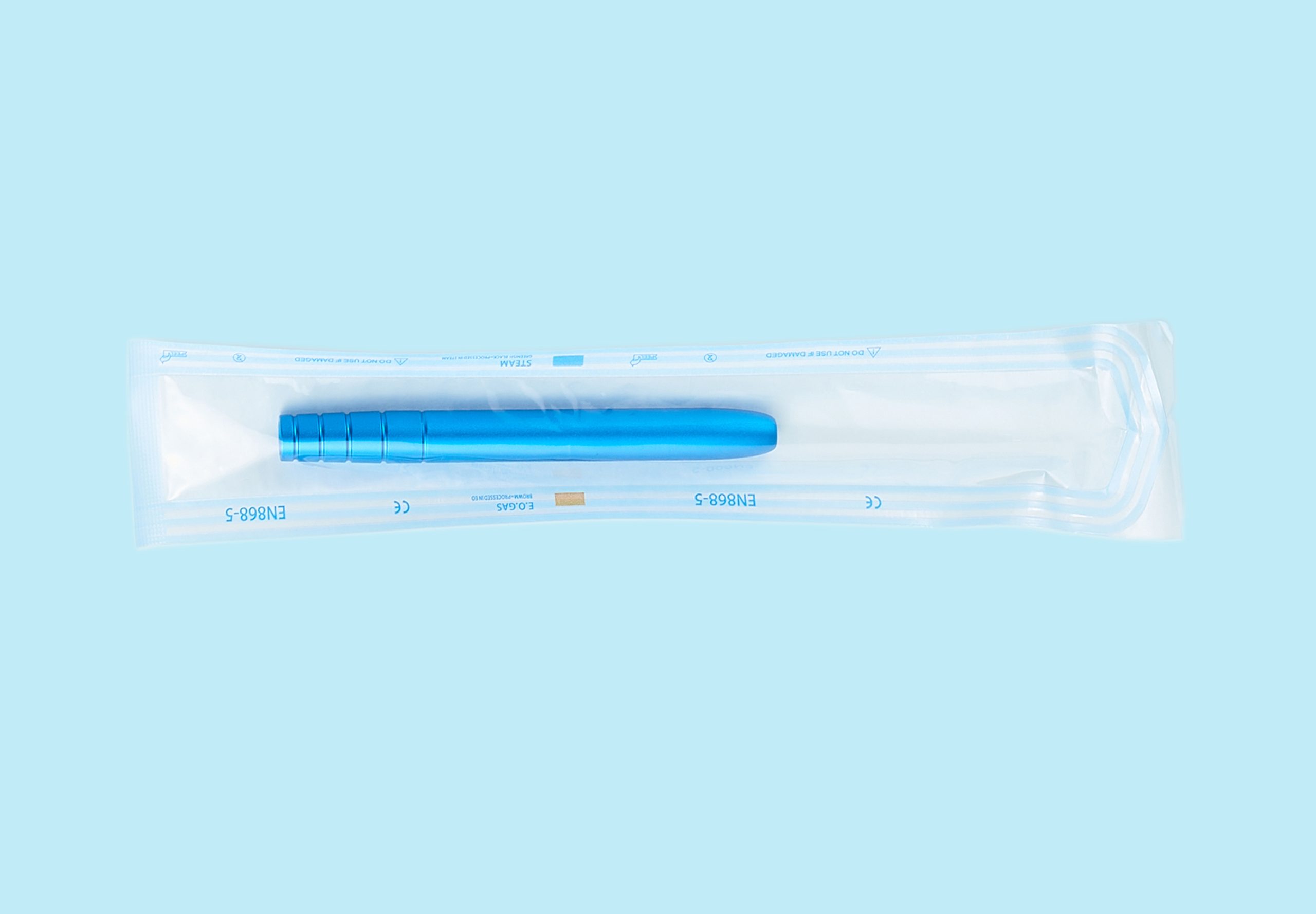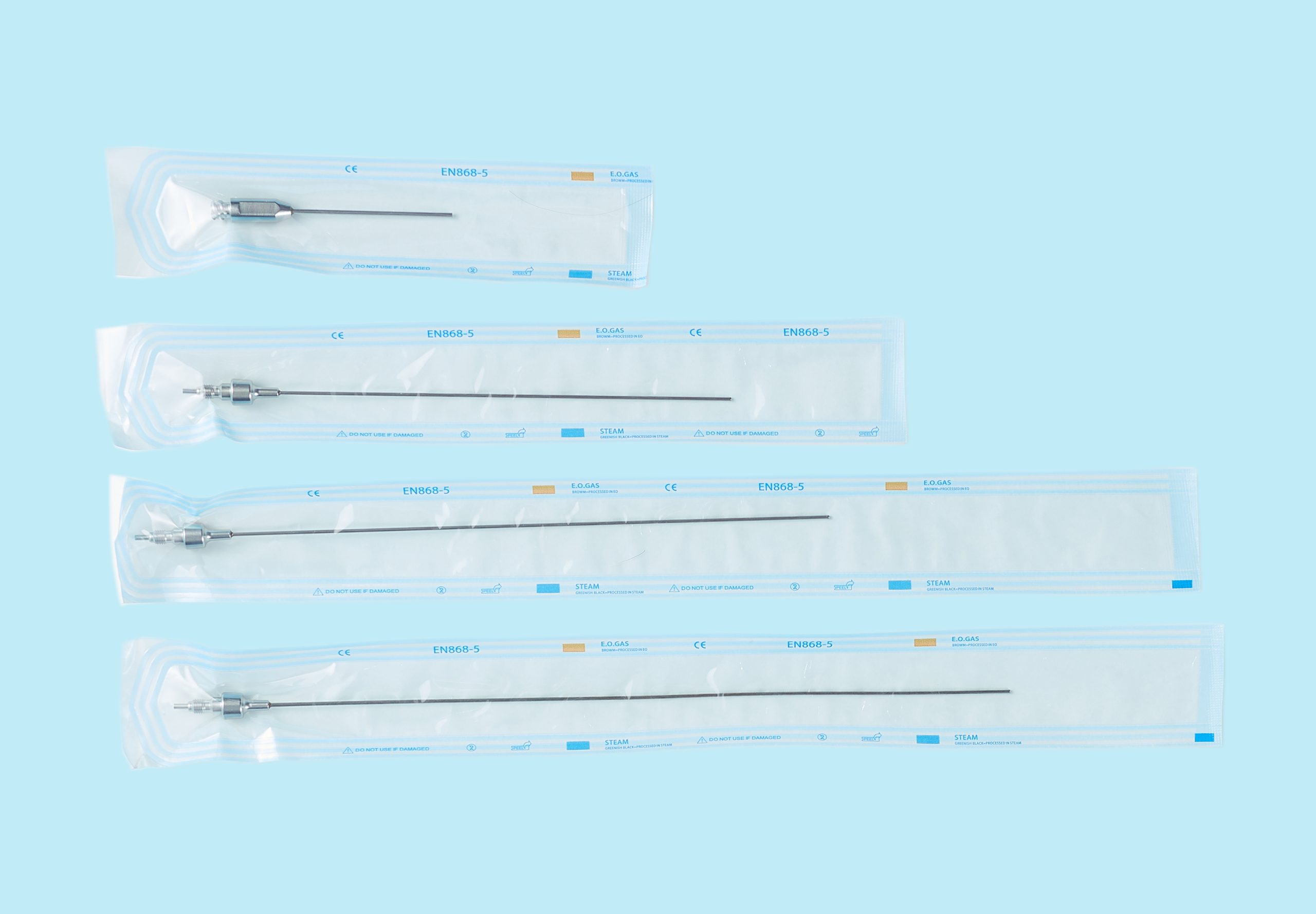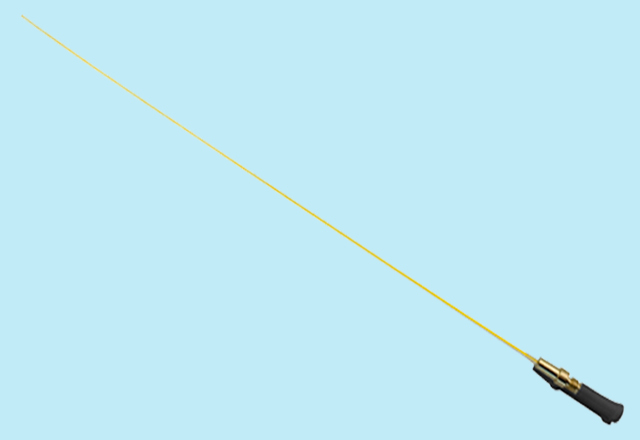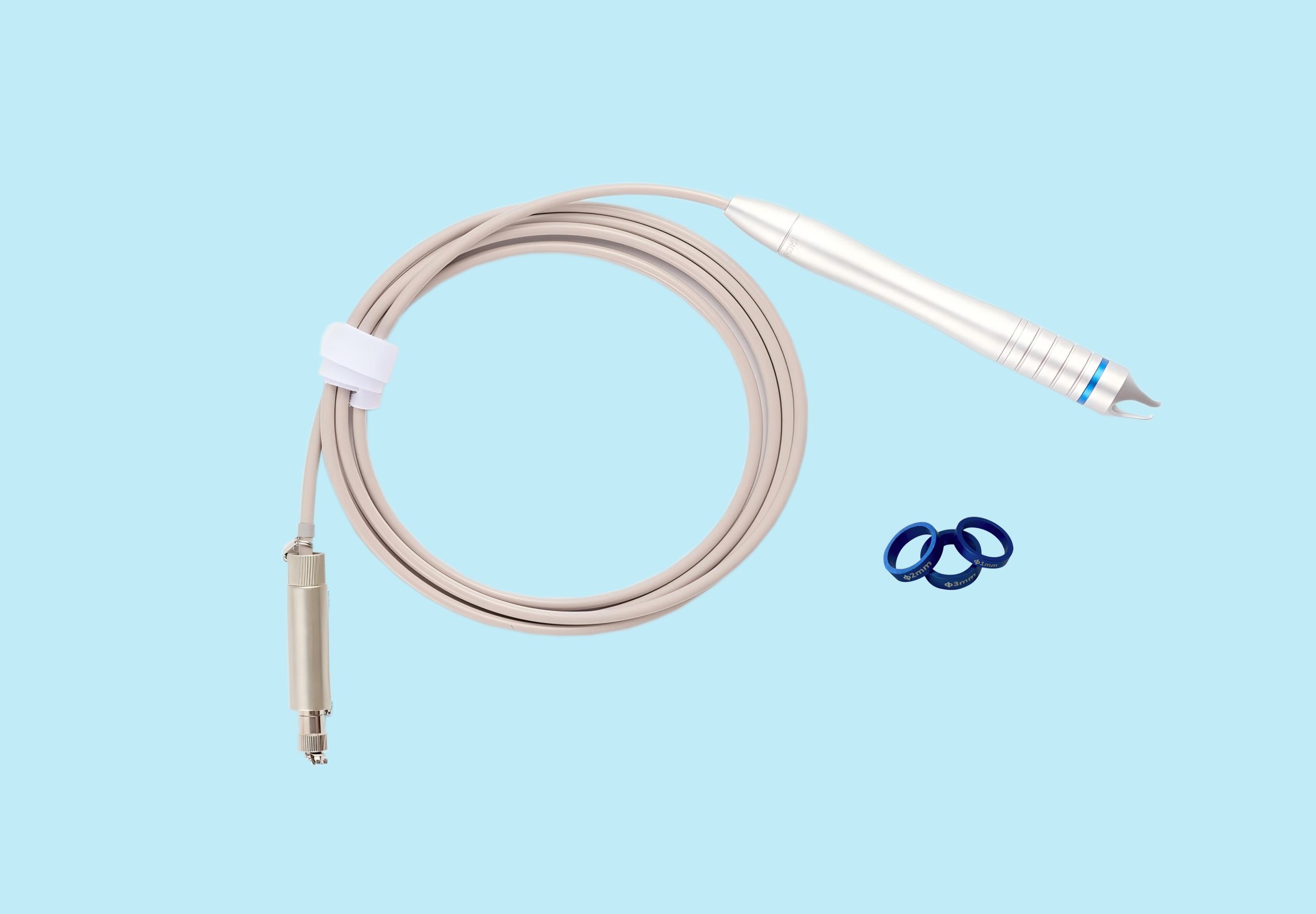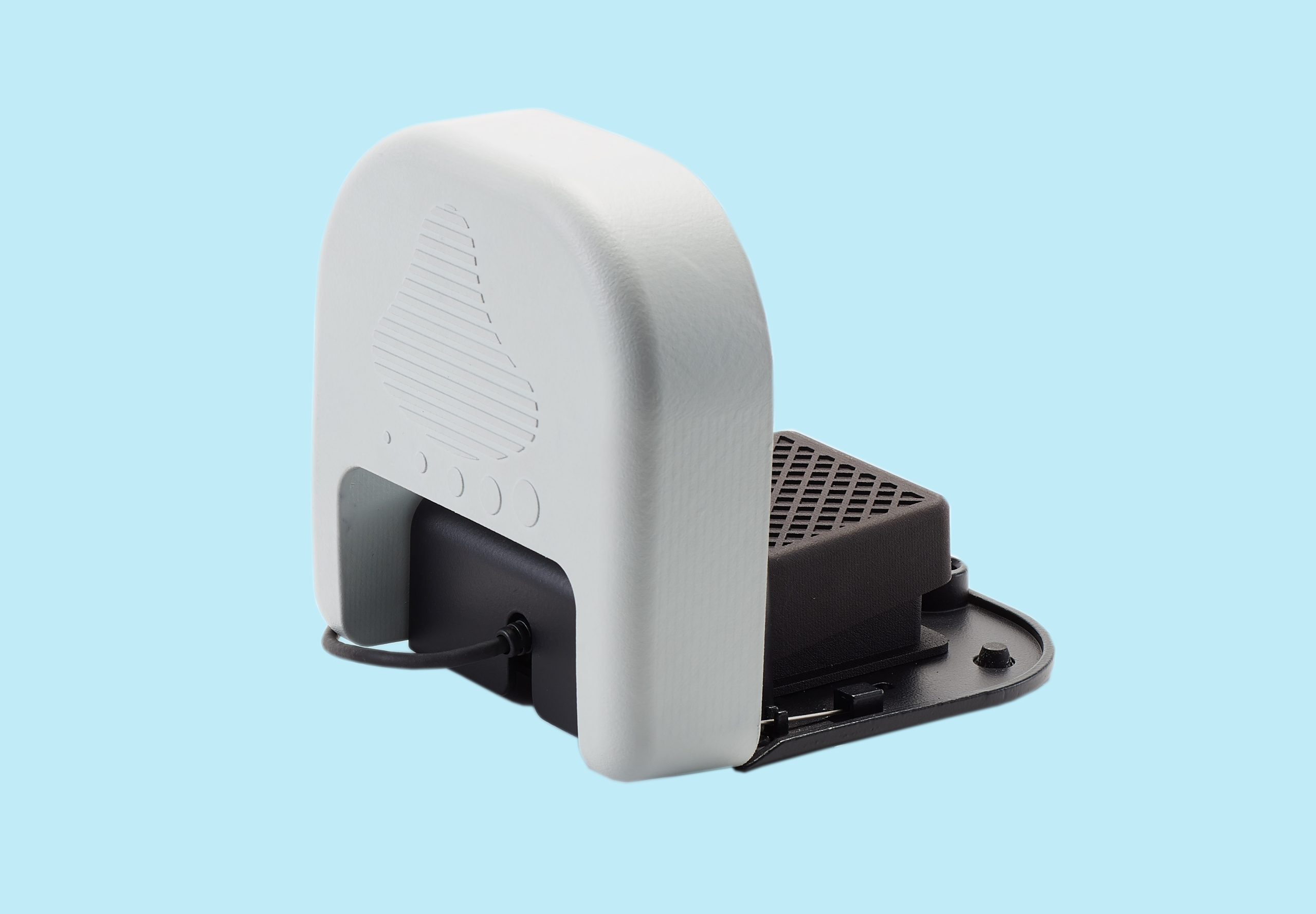Application of laser in lipolysis and beauty
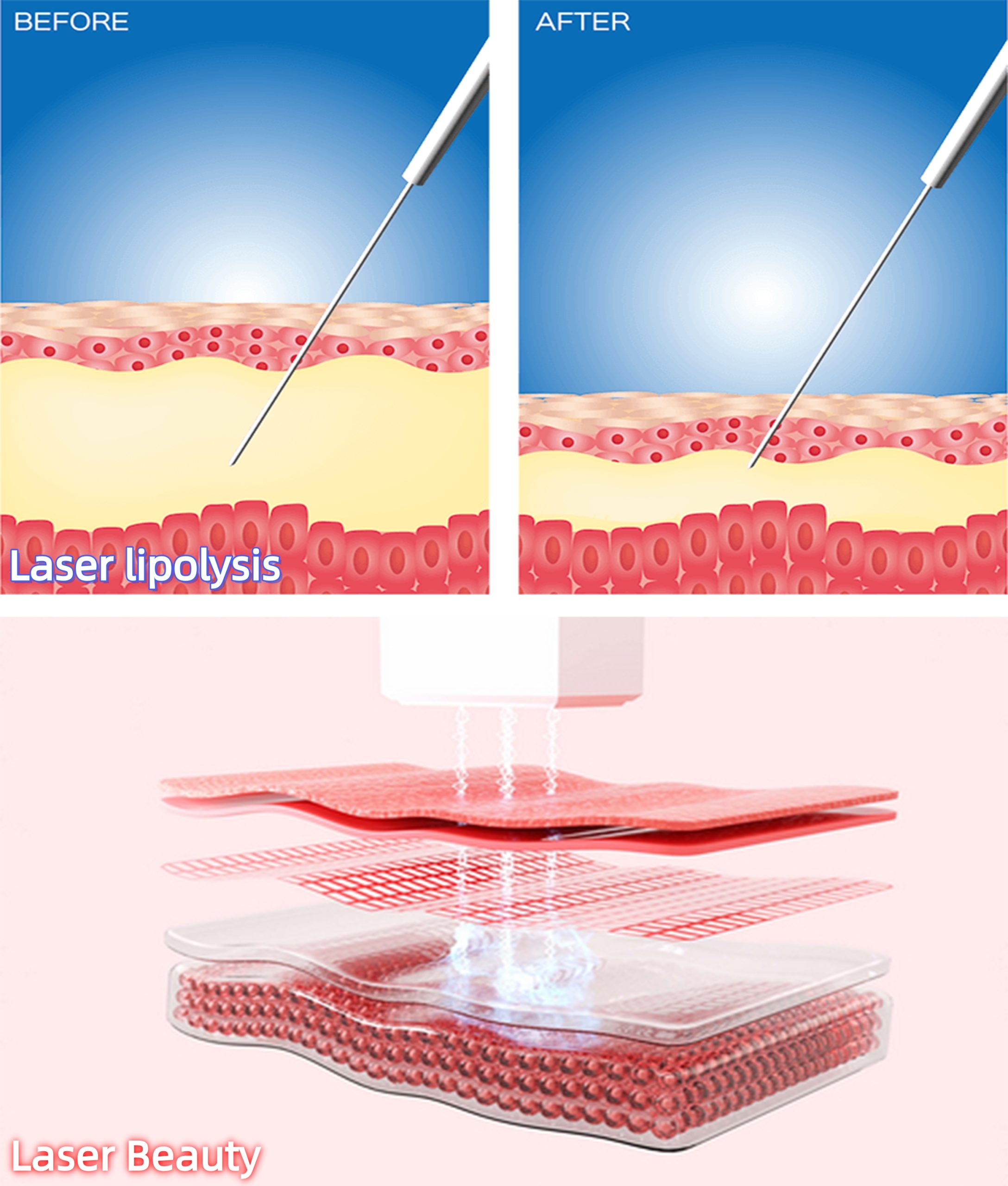
LIPOLYSIS
- Laser lipolysis is recognized as an effective, non-surgical solution for fat removal and body reshaping. Its appeal lay in the procedure's ability to treat localized fat deposits and correct body asymmetries with apparent decreased risk compared to traditional liposuction. The energy emitted by the laser uses volumetric heating to destroy fat cells, contract skin and stimulate collagenesis. Although laser lipolysis is not intended to replace traditional liposuction, it offers patients a procedure that yields similar benefits with fewer complications and faster recovery.
- Laser technology enables highly precise skin rejuvenation, significantly improving skin tone and elasticity.To achieve this brightening effect, lasers precisely tune specific wavelengths to target and break down melanin clusters within the skin. This results in a more even, radiant complexion and reduces overall skin discoloration.
BEAUTY
- Laser technology enables highly precise skin rejuvenation, significantly improving skin tone and elasticity.To achieve this brightening effect, lasers precisely tune specific wavelengths to target and break down melanin clusters within the skin. This results in a more even, radiant complexion and reduces overall skin discoloration.
- Laser therapy improves skin elasticity by stimulating the body's natural wound healing response. This process triggers the production of new collagen and promotes the renewal of elastin fibers. This remodeling of the skin's underlying structure results in noticeably firmer, more toned skin, reduced fine lines and wrinkles, and restored youthful elasticity.
How to perform lipolysis
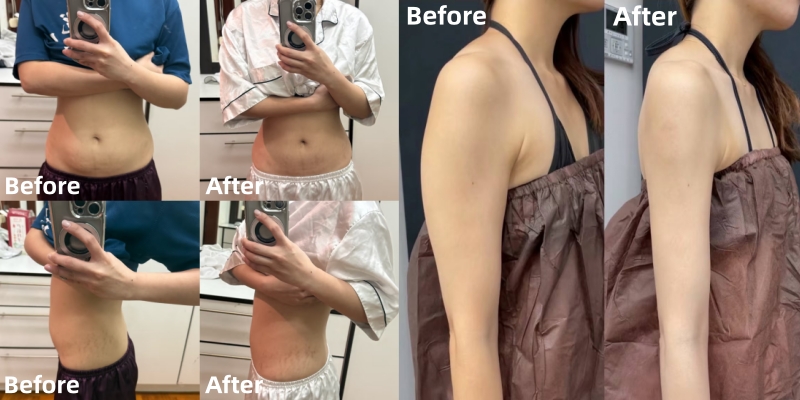
A 1470-nm diode laser (Phomed Laser) is used in continuous emission mode. Power settings are chosen as a function of the treated area: 6 W (chin, arms, knees), 10 W (abdomen, back), and 15 W (thighs, hips, buttocks). Transcutaneous illumination by the aiming beam ensures precise visualization of the region where the energy is delivered. The laser light is conveyed into the fat layer using a 1-mm microcannula which incorporates a 600-μm optical fiber. The microcannula has been specifically designed so that its distal end is level with the fiber tip. Also, the distal end is rounded to minimize potential tissue trauma resulting from the back-and-forth motion used.
After marking the treatment site with a surgical marker, patients are prepped and draped in sterile fashion. First, local anesthesia (adrenaline 1:500,000) is administered using the wet infiltration technique. After infiltration of the tumescent fluid, a small incision of 1–2 mm is made with an 18-gauge needle. The 1-mm microcannula is then inserted through the incision into the subcutaneous fat. During the laser lipolysis procedure, The patient and the staff wear protective eyewear.
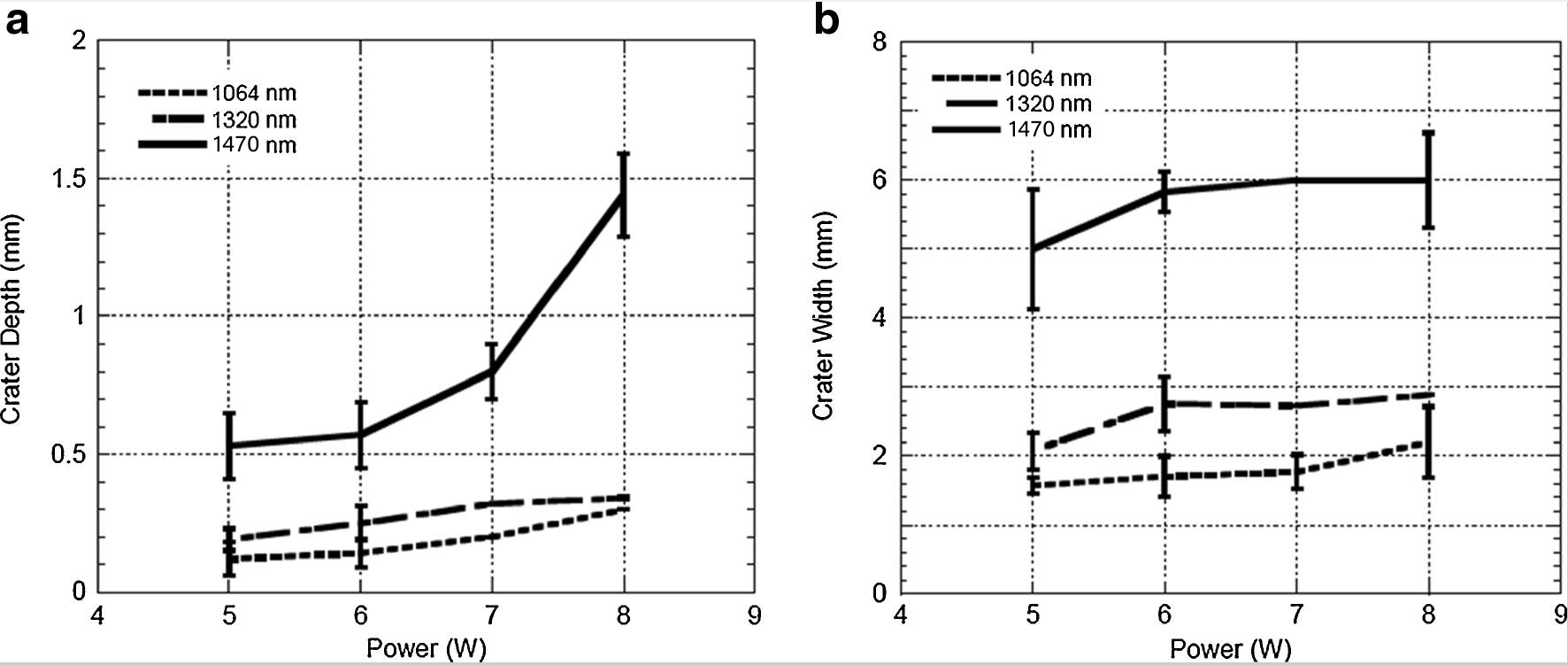
Laser Fat Removal Treatment Areas Include
- Chin / Jawline
- Arms
- Hips
- Braline
- Buttocks
- Abdomen
- Thighs
- Knees
Our Related Products
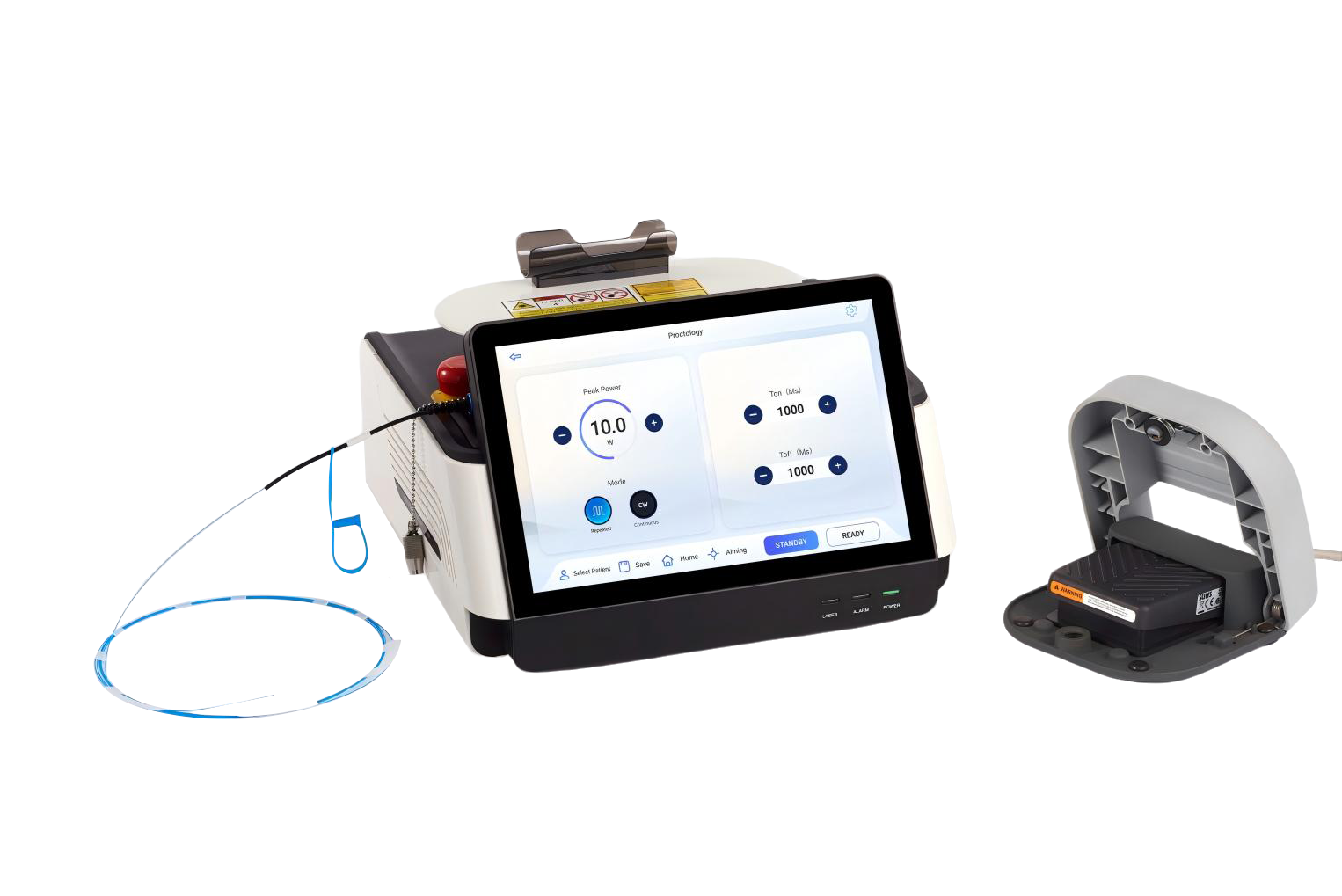
CureLight Series (Laser Lipolysis)
1470nm - 15Watts
